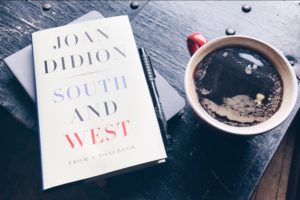By Petey “Pete” Conklin
Look, I’ll be straight with you. I don’t like Kickstarter stuff. The whole deal kinda sucks. You see something cool and it looks like a deal and you think, “Hey, that’s cool!” But, then, half the time you don’t get the cool thing because it never gets made because what was a cool idea was too cool to actually make. Or you get it and then it’s junk because the cool idea was too cool to make well. Or, you order the thing based on the cool idea that seemed like a good deal and then you see a thousand Chinese knock-offs on Amazon at half the price before the thing you backed even ships because cool ideas are simple to copy. And, then, you try to cancel your thing and the Kickstarter folks are all, like, too busy playing with fidget cubes to give you the time of day. So, for the record, Kickstarter’s sucks.
That said, every once in a while a cool idea comes along that is cool enough to actually ship. That’s when I order it. The OnTask is one of those.
The idea is stupid simple. It’s a tiny whiteboard shaped like a triangular tube. You write your three “big rocks” or whatever else you want to remember for the day on it — one per side. It has a lid on one side that pops off so you can stick your dry erase marker or other pens inside. Or you can stand it on its side and use it as a pen cup. Oh, there’s also an eraser on that cap so you can wipe the thing off for re-use. It’s small enough to throw into a bag and be portable. It’s well made by folks that have been doing the indie business thing for a while. It’s a cool idea executed in a cool way.
Look, there’s two type of people in this world. Whiteboard people and everybody else. If you’re a whiteboard person like me, you’re probably are already on their site clicking the buy button. The rest of you, Godspeed!
Petey “Pete” Conklin is an almanac aficionado and reliable raconteur. His writing can be found various places around the way or the no-door stall in the restroom of his favorite bar in his hometown of Elsewhere, OK.


